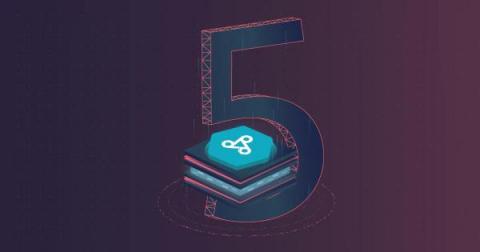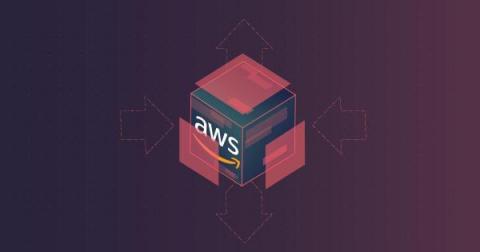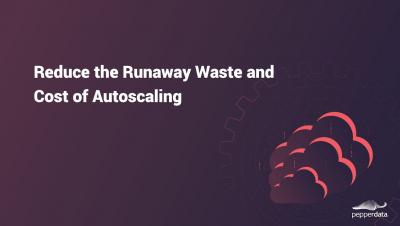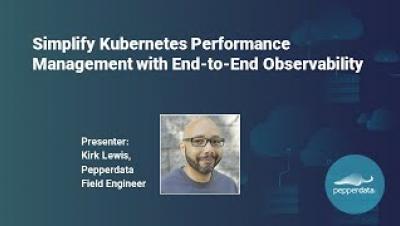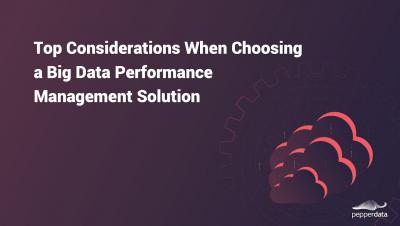Lower Your Google Cloud Costs with These 5 Google Dataproc Best Practices
Thinking about using Google Dataproc as your cloud vendor? We can see why. Google Dataproc is a powerful tool for analytics and data processing, but to get the most out of it you have to ensure you use it properly. We’re going to explore five best practices you can use to lower your Google cloud costs while maximizing efficiency: Following these tips will ensure the best performance and help keep your cloud costs in line.


